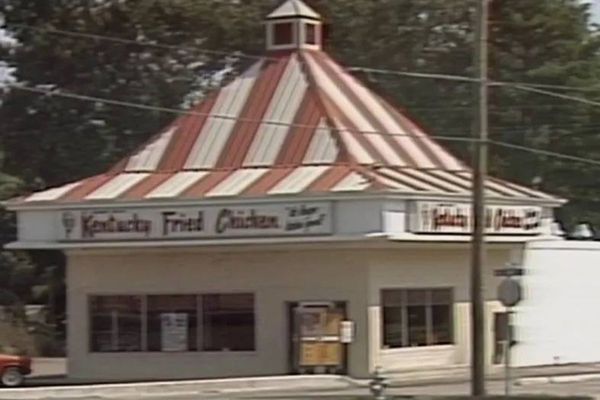
Composting is a great thing to take on as a gardener. It uses up waste and provides you with a homemade, nutrient-rich growing matter for your yard. But, if you find your compost heap is not heating up, there's likely something that needs adjusting in your composting regime.
Making compost is a science, requiring the right balance of green and brown materials, sufficient but not too much moisture, air circulation, and warmth. When any one of these elements are missing, it can be tricky to turn organic waste into 'black gold.' This is especially true if you find your compost heap lacks warmth, a sign there is a lack of decomposition and microbial activity happening.
Don't fret, though, composting experts have shared with me five causes for this issue and how to resolve it. It's likely you're just making a composting mistake that can be quickly rectified.
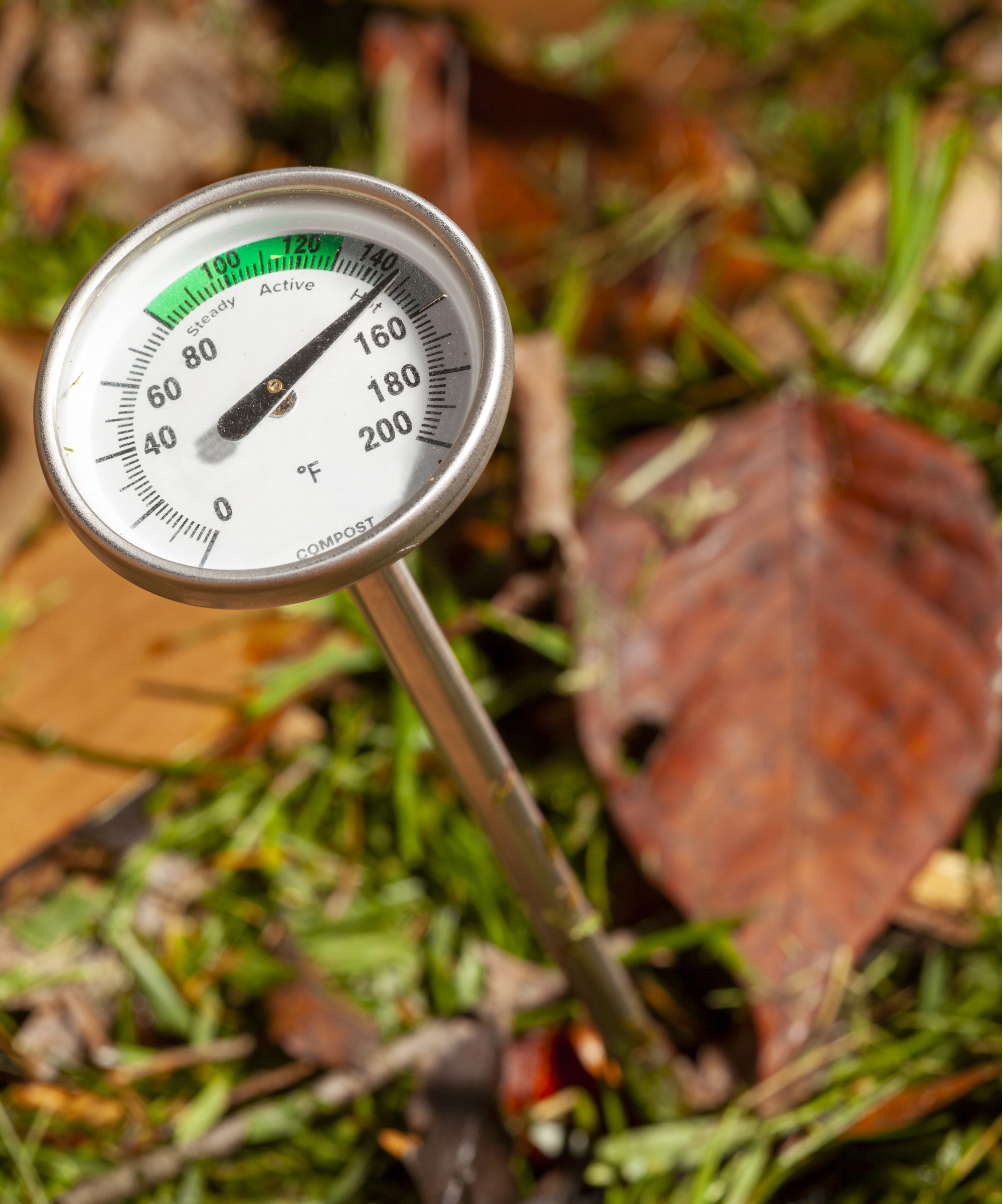
5 reasons your compost heap isn't heating up
Whether you've accidentally used things to never add to your compost bin, or you've forgotten to turn your heap, there's usually a logical explanation for a compost heap not heating up. The good news is each issue can be easily fixed and soon your compost thermometer (from Amazon) will show temperatures rising again.
1. You've got the wrong carbon-nitrogen ratio
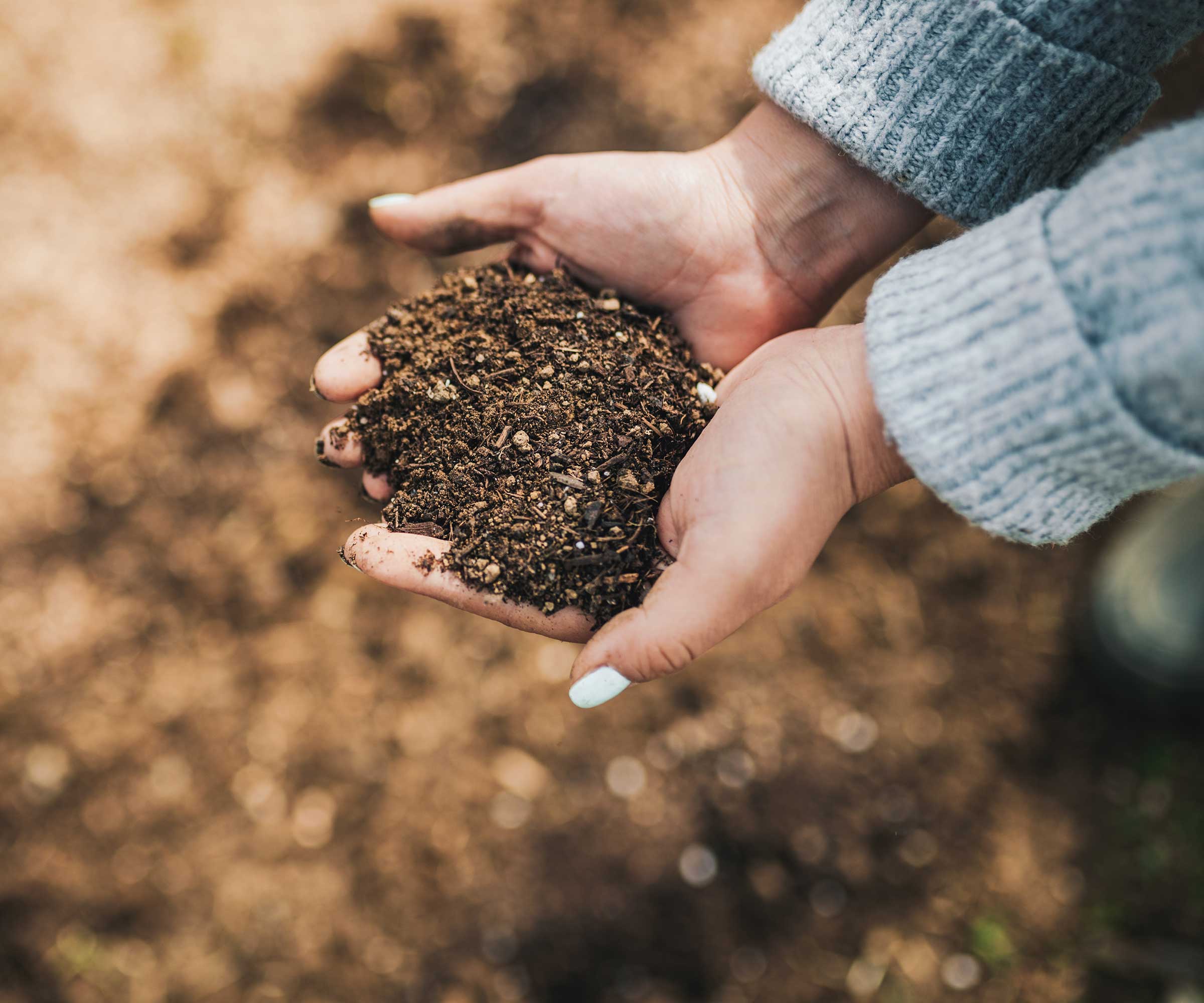
Whether you use unusual compost ingredients or the most common materials, the most vital thing to get right when composting is the carbon-nitrogen ratio.
Carbon materials are 'browns' while nitrogen materials are 'greens.' The right ratio to maintain when making compost is three parts brown to one part green. This provides an optimal environment for microbial activity, which subsequently heats up your heap.
'A pile with too much brown material (carbon, like dried leaves or cardboard) and not enough green material (nitrogen, like food scraps or grass clippings) will decompose slowly,' explains Lauren Click, founder of Let's Go Compost.
Luckily, there's a really easy solution to this: adjust the ratio by adding more green or brown materials as needed.
'If your pile looks dry, it likely has too much carbon. Add more green material like grass clippings or food scraps. If it smells sour or like ammonia, add browns like shredded cardboard or straw,' Lauren advises.
'Many coffee shops also pass out free used coffee grounds, which are great for heating up a compost pile (and for helping keep them out of the trash and landfills),' she adds. Try adding in your own coffee grounds, too, like from these Starbucks coffee beans at Walmart.
As Lauren notes, getting this ratio right won't only heat up a compost pile, but will also stop compost smelling bad.
2. Your compost pile is too dry
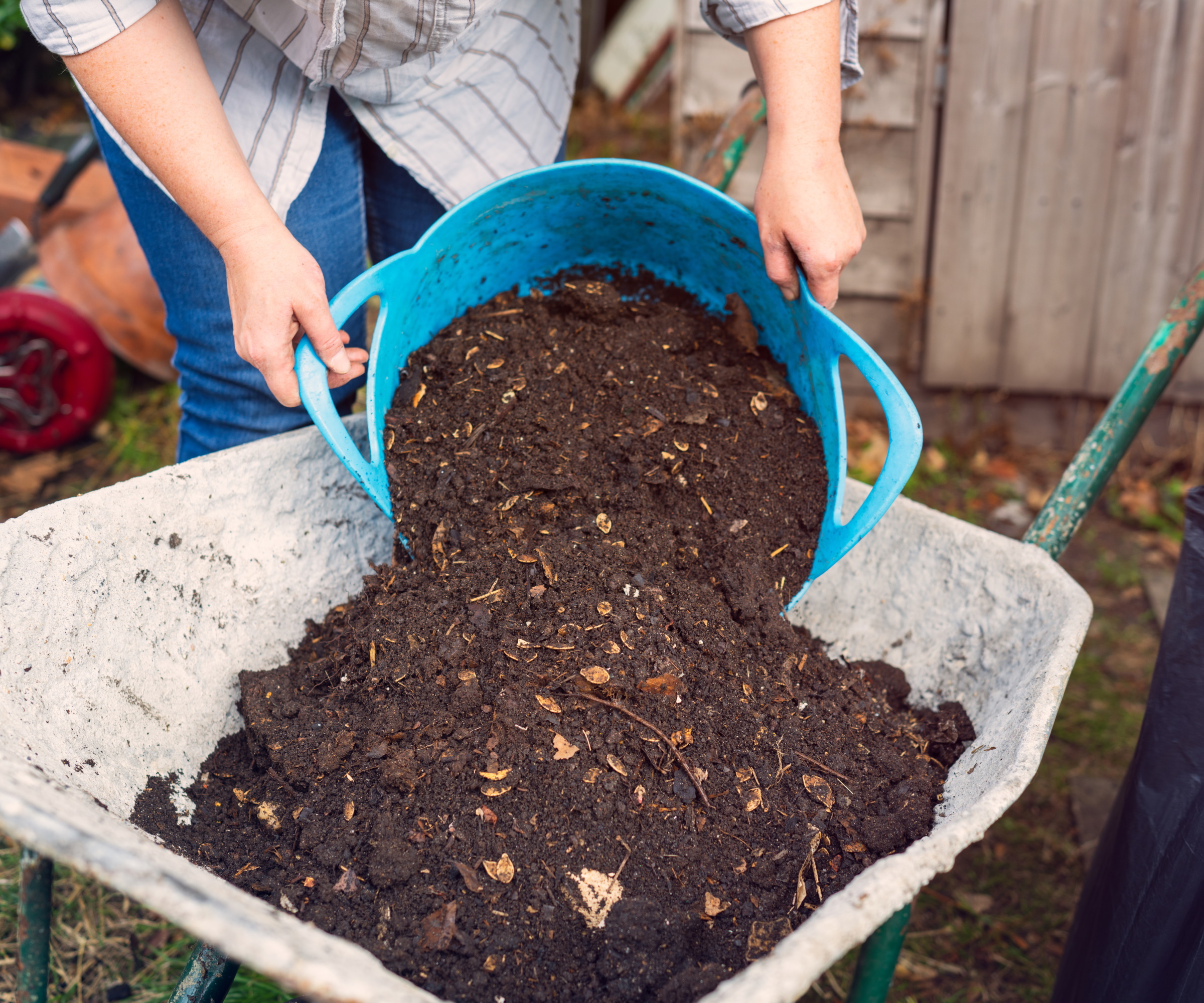
A compost heap not heating up can also be due to dryness. Too little moisture will slow down the decomposition rate, and therefore your heap will lack heat.
'Microorganisms require water to break down organic matter. A dry pile inhibits microbial function,' Lauren says.
'It should be like a damp sponge,' adds Colleen Falicki, founder of Back to Earth Compost.
As mentioned above, too many brown materials can dry out a compost heap, but so can exposure to sunny, hot weather. For this reason, you should use a moisture meter (from Amazon) to monitor moisture levels.
If your compost is too dry, it's a simple case of picking up a garden hose (from Walmart) or watering can (from Amazon).
'Add water until the pile feels like a wrung-out sponge. If you squeeze it and it drips, it’s too wet. If it crumbles, it’s too dry,' Lauren advises.
If your compost has become too wet after watering, one of composting expert Charles Dowding's compost tips is to spread it out to let some air in and allow excess moisture to evaporate.
3. Your compost heap needs aerating
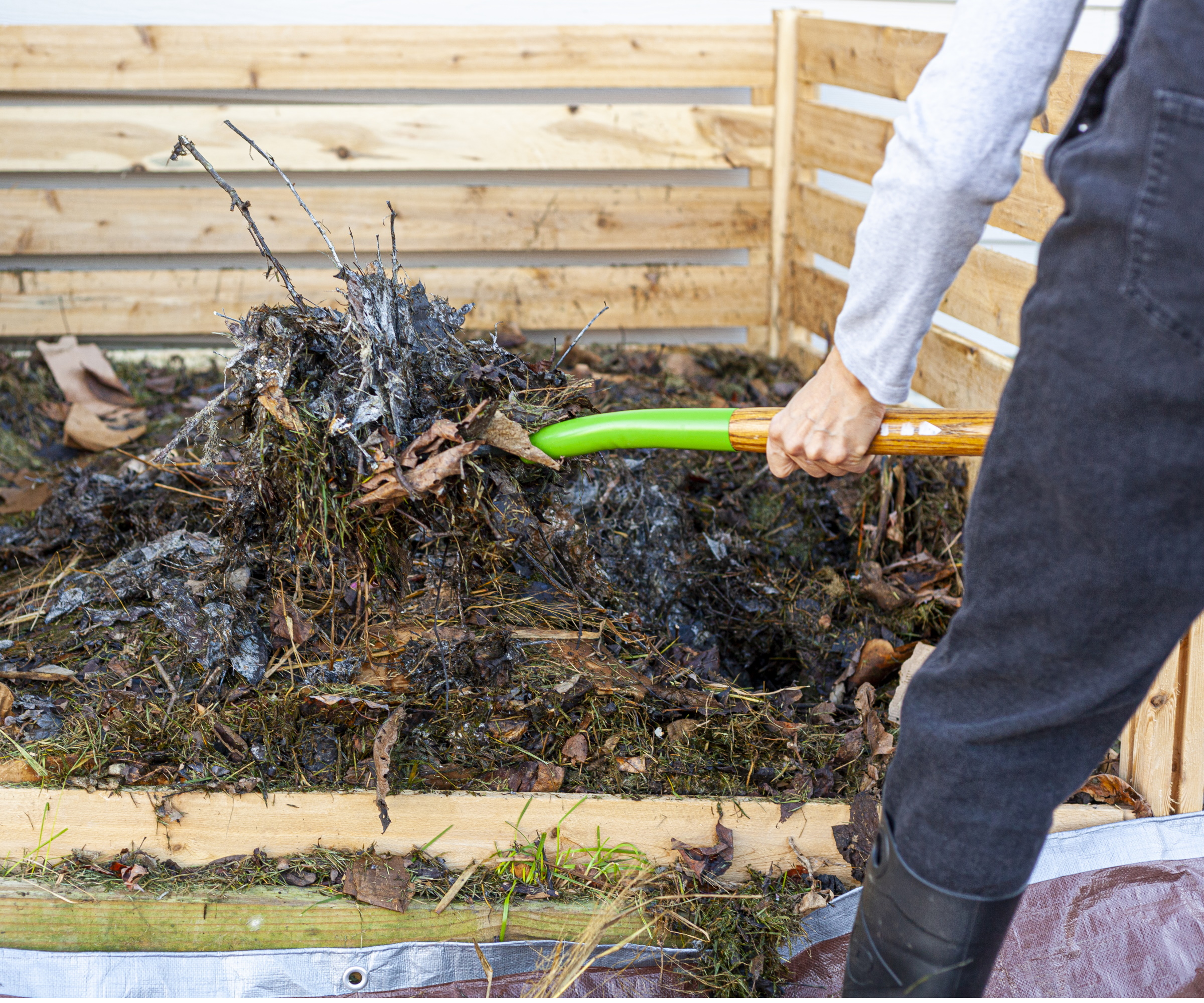
Air circulation is key to successful composting. A lack of aeration won't only cause a lack of warmth, but it will cause an unpleasant smell, attract pests, and slow down the composting process.
'Decomposition is driven by aerobic microbes that require oxygen, so compacted or poorly turned pile will not heat,' Lauren explains.
That's why it's important to regularly turn your compost pile, either with a gardening tool like a garden fork (from Amazon) or a composting aerator tool (from Amazon). You might even opt for a compost tumbler to make this easier. This compost tumbler from Wayfair has a double barrel for a larger capacity of compost materials.
'Use a pitchfork or aerator tool weekly to fluff the pile and redistribute material from the edges to the center.' Lauren advises.
4. Your compost heap is too small
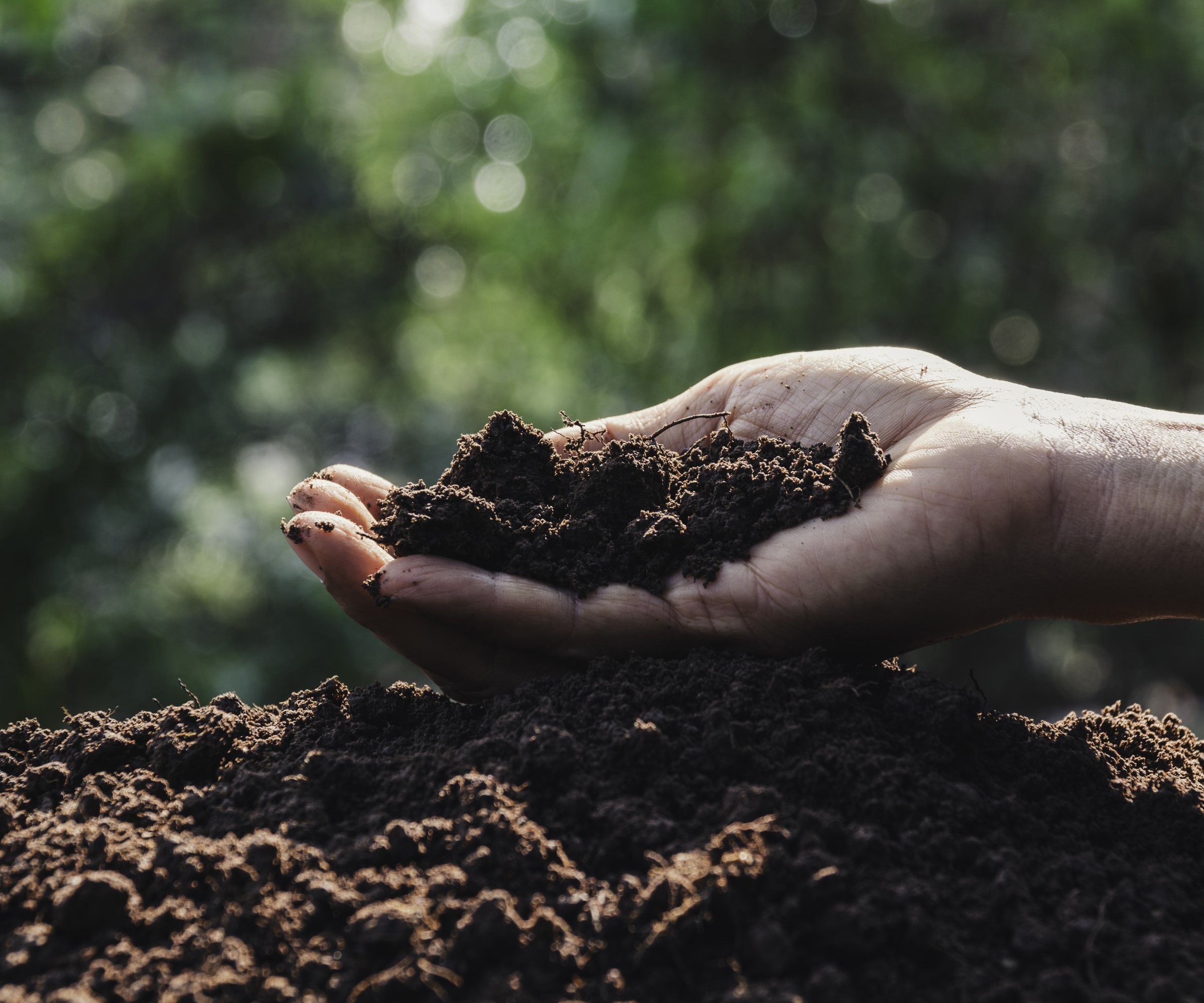
Another reason you may find your compost heap not heating up is that it's too small. While it's true you can have compost piles of all different sizes, they need to be sufficiently sized for microbial activity to be effective.
'Small piles (under 3x3x3ft) lose heat too quickly and cannot retain the microbial-generated warmth required for hot composting,' Lauren says.
This means even if you're getting your brown-green ratio right, regularly turn your pile, and keep moisture levels up, it won't warm up enough for consistent decomposition.
To resolve this issue, increase the size of your compost pile so it stays insulated.
'Combine multiple compost bins or feedstock piles into one larger mass to create sufficient microbial density and thermal mass,' Lauren says.
'A pile 3x3x3ft or larger should be big enough,' says Colleen Falicki. Keep this in mind when building a DIY compost bin from wooden pallets (from Amazon).
5. Your compost heap needs extra insulation

Another cause behind a compost heap that won't heat up is seasonal weather. It may just be that it is too cold and your heap is struggling to stay warm, a common problem when trying to maintain compost in winter.
'Seasonal or regional cold weather can slow biological activity unless the pile is insulated or actively managed,' Lauren notes.
'Use insulation like straw bales, tarp covers (from Walmart), or compost fleece to trap heat in winter. Alternatively, hot water bottles or passive solar setups can help retain warmth,' she adds.
You can also try adding cardboard to the sides of your compost bin to trap heat in, so long as you don't block airflow altogether. There are plenty of winter composting hacks that can aid compost insulation during the coldest time of year.
FAQs
How hot should my compost pile be?
Colleen Falicki, founder of Back to Earth Compost, says: 'Compost should be approximately 130-160°F.' Any hotter can kill the beneficial microbes helping to break materials down, while too cool can slow down microbial activity. If you're using a wormery for compost, however, the temperature needs to be cooler so the worms aren't killed off. Aim for 55-77°F in this case. You can keep on top of temperature levels with this compost thermometer from Amazon.
Getting a compost heap to heat up is all about getting all the essential elements in the right balance. Plus, all of the above tips will help speed up composting.
If you're struggling to keep your compost pile warm in winter, you might find out tips and tricks to stop compost freezing in winter useful.




